Description
At the end of the 16th century, partly after the victory over the invincible Navy, the English began to become familiar with the Spanish and Portuguese galleons, larger ships and suitable for the trade of those they had met until then. The travel trips began with support from the crown, to dispute long -distance trade, at that time monopolized by Spain and Portugal (united under Felipe II). Thus arises the idea of forming a company for trade, which receives the approval of the crown in 1600. Thus, in 1639, Ta Company buys the People of MADRASPATAL and two years later the agency of the Fuerte de San Jorge was formed, which in 1652 was configured as a presidency, although three years later it returns to its previous state, and it will not be until 1684 that It will be again elevated to presidency. In 1774 with the law of Pitt India, the president of Madras is subordinated to the Governor General of Calcutta, a situation that will continue until the end of the colony in 1947. Initially the company was only interested in trade and its benefit. This interest will change throughout the 19th century with the weakening of the Mughal Empire, and the growing conflict with the French company, especially since Joseph François Duppleix arrived as a general governor in 1741. The result and this conflict was that The company took the control of Bengal and became a territorial power, with a powerful army and the right to raise taxes. From then on, in a short time he took control of most of the Indian subcontinent and in 1803, in full swing, his private army doubled the British. The great rebellion of 1857, headed largely by members of this private army, included great atrocities by the company that partly forced the British government to take control. The company negotiated at the beginning with colonial silver currency (real of eight), but they were not easily accepted in India, so an agreement was reached to issue currency in the Mughal de Surat. In 1672 they establish a mint in Bombay to issue copper currency for local use, and in 1717 they begin to broadcast silver rupees in the name of Emperor Mughal. Subsequently, a mint in Madras is established that will also issue copper, silver and gold pagodes. At the end of the 19th century, modern machinery arrives that makes the company”s coins clearly distinguish from the premises, still made to hammer. The company”s interest was no longer commercial, but totally political and in 1835, the company introduces the new uniform monetary system. The interest in adapting to local customs had disappeared and western ideas are imposed. The name of Emperor Mughal is eliminated, and the British monarch appears in the gold and silver emissions.

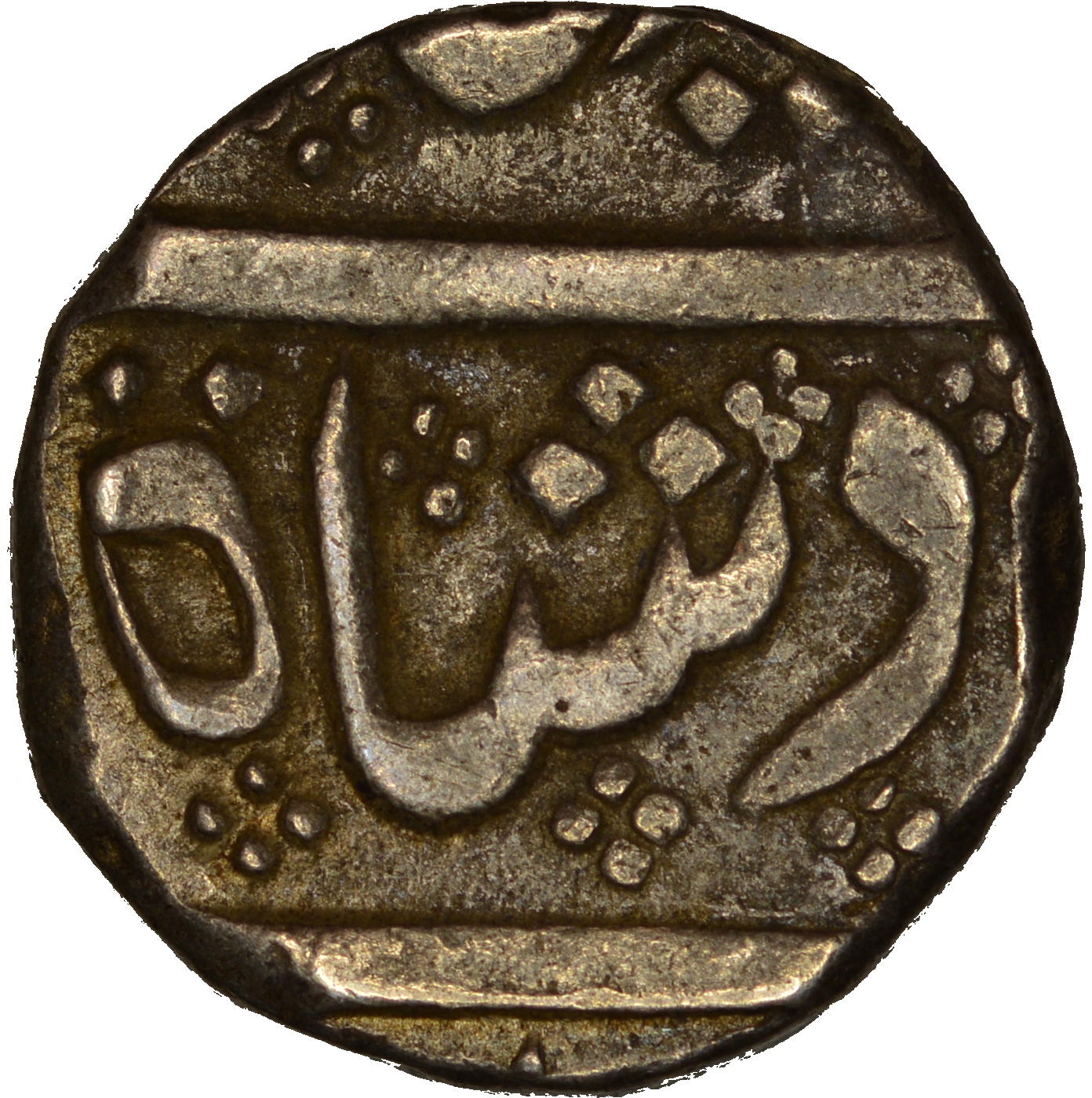
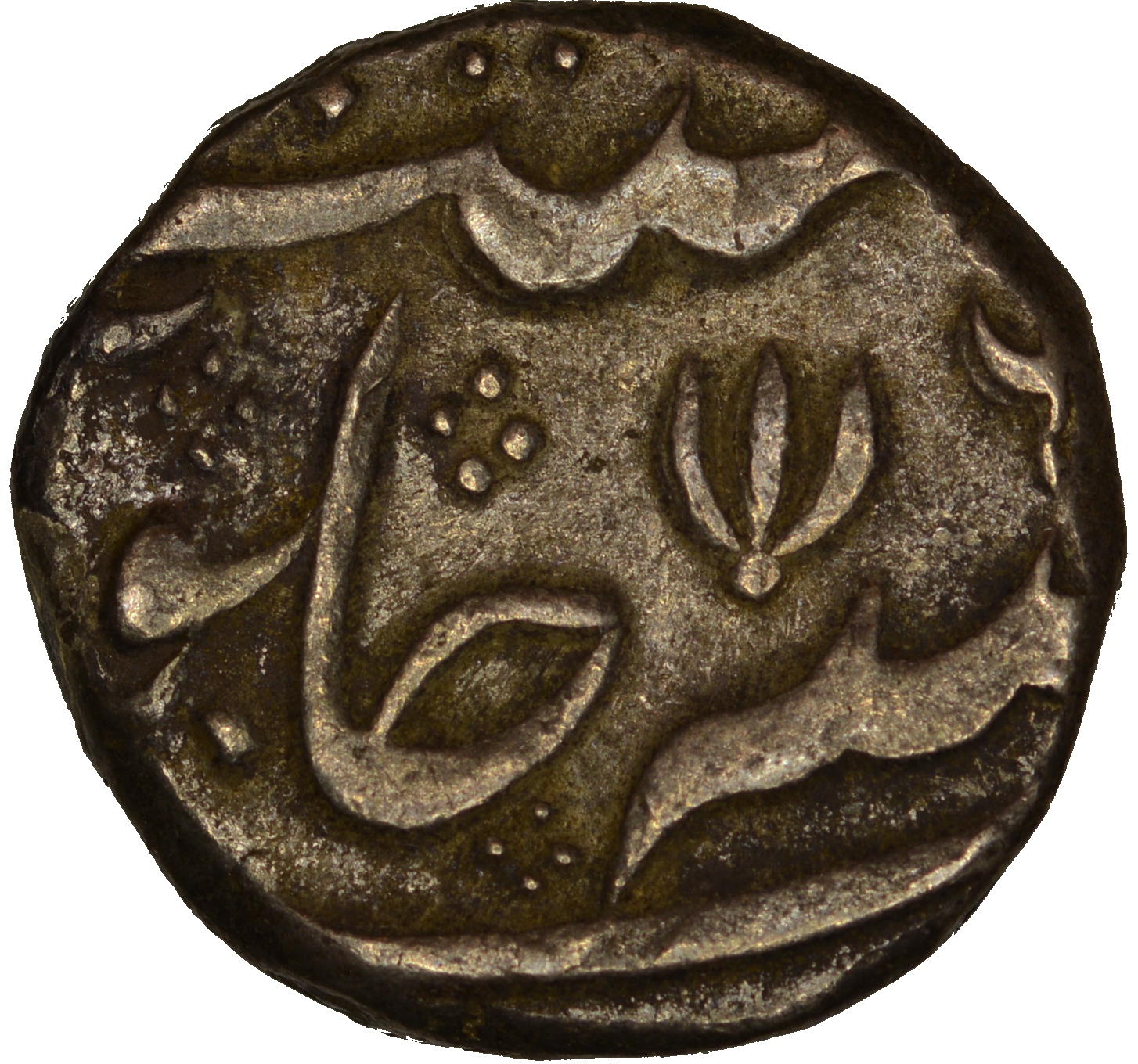
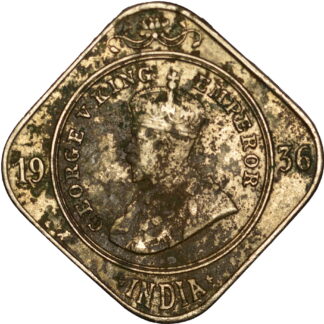
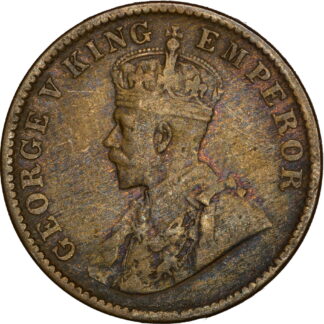
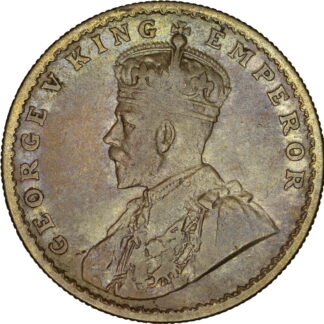

Reviews
There are no reviews yet.